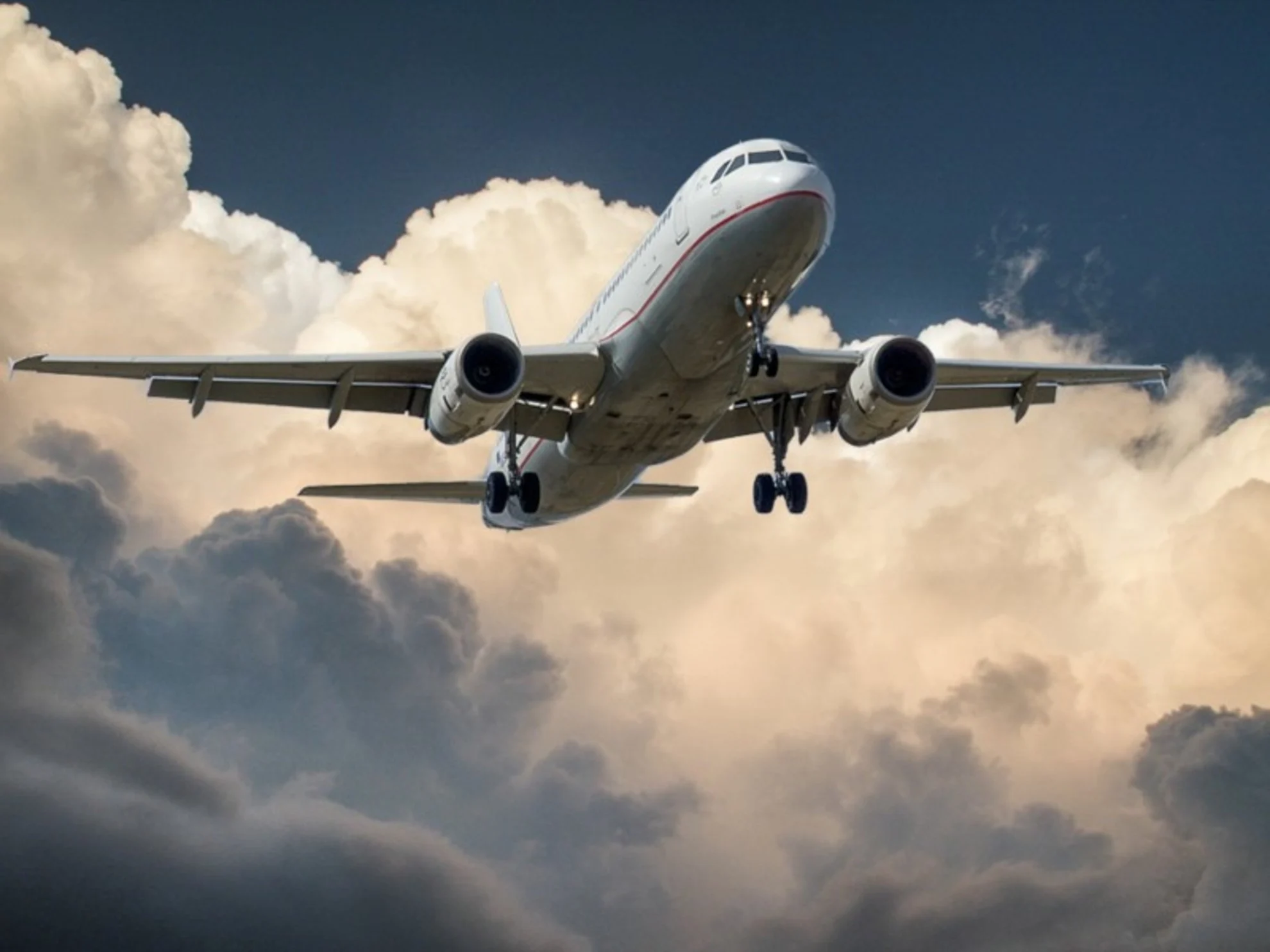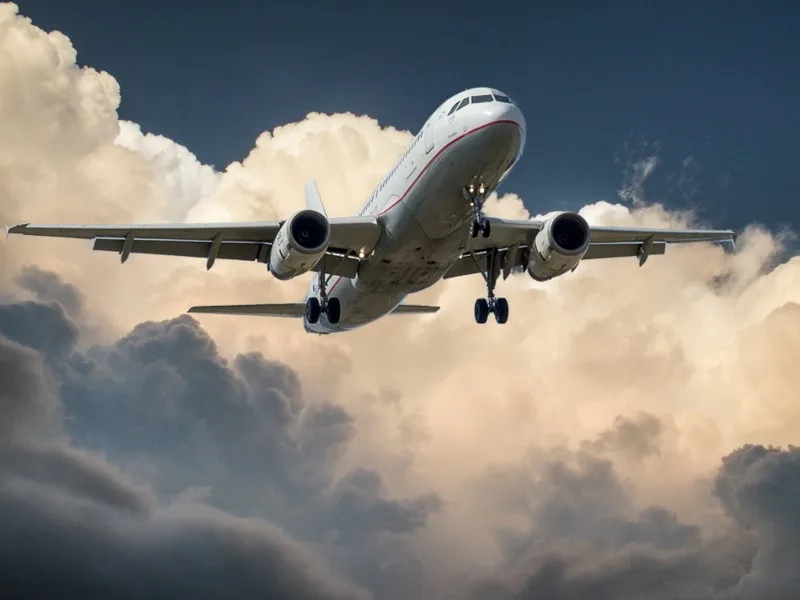
'Flights to nowhere' trend takes off amid COVID-19 lockdowns
The trend is inspired by tourists who have been unable to travel due to COVID-19 but long for the airport experience.
It’s the type of promotion you would only see in 2020.
‘Flights to nowhere.'
The trend made headlines in September, inspired by tourists who have been unable to travel due to COVID-19 but long for the airport experience.
When Australian airliner Qantas offered tickets for a 7-hour sightseeing excursion aboard its Boeing 787 Dreamliner aircraft, it sold out in 10 minutes, making it one of the fastest-selling flights in the company's history.
The tour -- scheduled to depart from (and land at) Sydney Domestic Airport on October 10 -- had 134 tickets up for grabs, ranging in price from around $575 and $2,765 USD.
Other airliners -- like Taiwan's EVA Air and Japanese carrier All Nippon Airways -- are embarking on similar tours.
While Qantas is purchasing carbon offsets for its tour, critics argue that won't truly compensate for the emissions generated by the flights.
This week, Singapore Airlines announced it had cancelled plans to adopt scenic flights, following the results of an internal review. A market research survey suggested at least some consumers were concerned about the environmental impact.
Instead, the beleaguered airline, which has grounded nearly all of its flights and slashed 4,300 jobs in recent months, is switching gears and turning its Airbus 380 into a pop-up restaurant.
LET'S TALK ABOUT THE ENVIRONMENTAL IMPACT OF AIR TRAVEL
According to the World Resources Institute, energy consumption is the largest source of human-caused greenhouse gas emissions, responsible for about 73 per cent of global emissions. That category includes transportation, electricity and heating, manufacturing and construction, and other forms of fuel combustion.
Julie Talbot, an associate professor in the department of geography at the Université de Montréal, tells The Weather Network that air travel accounts for about 2.5 per cent of all carbon emissions, "but its relative importance (pre-COVID-19) was increasing faster than any other source of emissions.”
In the five years prior to the pandemic, air travel emissions increased by more than 30 per cent, and they were expected to triple by 2050."
But carbon emissions are only one part of the equation. Other environmental impacts associated with air travel include nitrogen oxides, which have a "major warming effect" when emitted at high altitudes, Talbot says.

File photo. Courtesy: Pexels.
ARE 'FLIGHTS TO NOWHERE' A WORRISOME TREND?
COVID-19 lockdowns have led to reduced air traffic schedules for many airlines. Preliminary data suggests the reduction in air traffic may have contributed to clearer skies over some nations and a slight, albeit inconsistent, pollution reduction.
So is the sightseeing trend worrisome, given the fact that global air travel is largely on hold?
"This trend is an ecological aberration," Talbot says.
"While flying to actually go somewhere has a high environmental impact, it is easier to justify than simply going up in the air to burn fossil fuel. Although these flights will be an overall negligible portion of the carbon humans emit this year, it is still inconceivable to me that such a low-benefit / high-impact activity is even possible."
RELATED VIDEO: WHAT DOES 'NET ZERO' MEAN?
REDUCING YOUR CARBON FOOTPRINT
There are some sources of carbon dioxide (CO2) emissions that the average person can't prevent. Industry, for example, is a significant contributor to greenhouse gas emissions in Canada with mining activities and manufacturing accounting for approximately 20 per cent of the national footprint.
But that doesn't mean individuals, and particularly tourists, can't make small changes that can have positive environmental impacts, given that travel is a significant contributor to CO2 emissions.
"People should aim to reduce their air travel as much as possible," Talbot says.
"One option is to travel less, but travel longer, and combine purposes -- like work and leisure for instance -- or replace [business] travel with remote meetings.
Other means of transportation should be preferred for short distances. For instance, when travelling within Europe, the train is always a better option than flying."
OTHER TIPS
Try to take direct flights. "This is better than flights with - layovers, as takeoffs and landings are the most energy-intensive parts of a flight," Talbot says.
Research your airline. "Some airlines emit less carbon per km travelled than others, depending on the fuel they use and other factors," Talbot says. "Some calculators can be found online that allow you to take all these factors into account to book the least polluting flight for specific destinations."
Fly economy. According to the CBC, the extra legroom provided by a first-class seat means less people on a flight, and fewer people on a flight creates a bigger carbon footprint The more passengers that are loaded into a flight, the more efficient the flight becomes.






